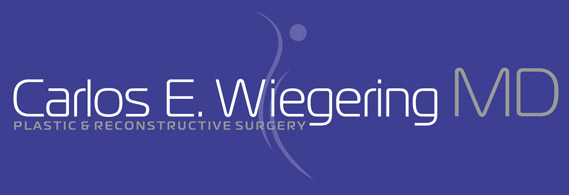Fat Transfer
Adipose (Fat) Tissue Transfers
About Fat Transfers
Adipose fat transfer, or a fat injection, describes the process by which adipose (fat) tissue is retrieved or harvested from the stomach region, and injected into another region of the body. Once the fat is extracted, it is processed (in the same setting) into purified adipose fat tissue, and used for transfer. In some instances we will process the harvested adipose (fat) tissue to obtain adipose derived autologous adult stem cells within the same procedure to supplement the fat transfer (example: for facial rejuvenation, scar revisions, joint osteo arthritis).
Adipose (fat) transfer can increase the fullness of the face, breast, buttocks, and correct volume deformities in different parts of the body. These volume deformities can be developmental, congenital, the result from atrophy or redistribution or accumulation. This procedure can plump and enhance the different body structures. For example, adipose (fat) tissue can be transferred as micro fat transfers to the peri orbital eye region, into the cheeks, into the mandible area or even into the lips.
Adipose (fat) transfer can correct or repair damaged, scared, and aged tissue through the development of increase blood flow, skin hydration and cellular repair. The purpose of fat transfer is abundantly clear. Over time, the skin begins to age, becoming increasingly thin. As a result of this, along with the loss of volume, the skin can appear to sag and it can look aged and withered. When adipose (fat) tissue is injected, it plumps the area and creates a semblance of youth. Not only can adipose fat transfer mitigate the appearance of wrinkles by filling in the groves, but it can also increase the level of circulation in parts of the body. Furthermore, plastic surgeons have developed a means by which they can purify and refine the fat so that it looks more suitable once injected into the site.
Benefits
There are a number of benefits associated with micro fat transfers, restoring facial volume for a more alluring appeal, including the peri orbital for a more youthful look, and cheek region for a plumper and younger appearance. Fat can even be used to rejuvenate facial features, and to serve as a type of filler. As the aging process continues to progress, the possibility of a fat transfer becomes a very good option. Instead of using invasive surgical procedures to nip and tuck, a simple fat injection may do the trick for someone. In this 21st century fat injections are actually an essential component of a face-lift surgery.
Considerations
Fat injections are not permanent, so this is something you must consider prior to having the procedure done on your behalf. While much of the injected fat does endure over time, some fat cells may degrade eventually. Therefore, before you can make an initial judgment about your fat injection procedure, it is important to wait a couple weeks so that you can evaluate the final results.
Facial adipose (Fat) Transfer Procedure
A patient receiving adipose (fat) injections can do so with local anesthesia, or under light sedation. The plastic surgeon uses small syringes or collecting sterile devices (Red Head canister, Jordy System small volume syringes) in order to harvest the fat in areas such as the abdomen, peri umbilical region, lower abdomen and pubic region, inner thigh or outer thigh. Once the surgeon has obtained the desired amount of fat, the surgeon embarks upon a process known as decanting and processing with the aid of a centrifuge. After this essential step, the fat is transferred to the desired site of the body.
Adipose (Fat) Transfer vs. Fillers
Many individuals have pondered how fat injections distinguish themselves from hyaluronic acid dermal fillers, and others. Fat transfers involve a more extensive process because the surgeon must perform the harvesting (similar to a minor liposuction), and make the proper consistency prior to injecting it. Furthermore, fat injections can be done in larger quantities to deliver much larger volume replacement that other dermal fillers may not because of the cost and technical feasibility.

